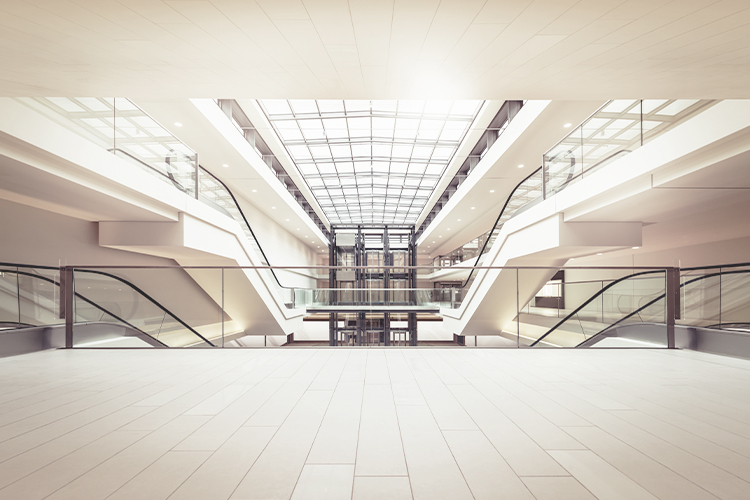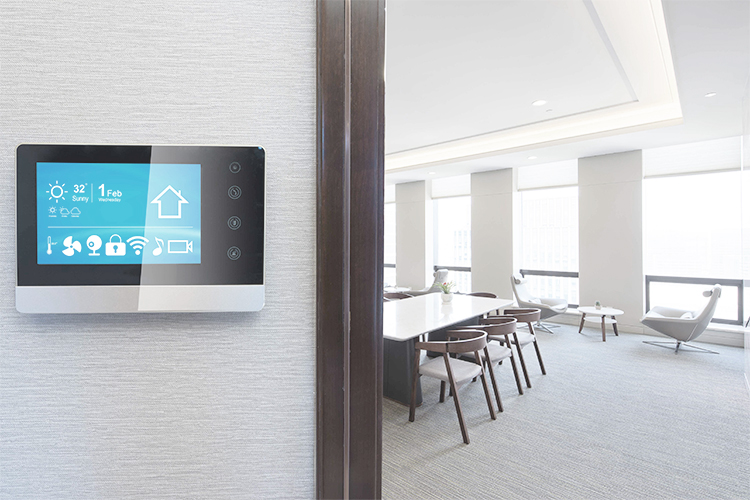
The potential uses for commercial lighting control systems are as limitless as your imagination.
Imagine it’s morning time at the office and you’ve got your first cup of coffee hot and ready on your desk. You open up your email to a flurry of new messages. Before you dive in, you pick up your phone, slide the lighting control to 50% brightness and switch the color temperature from white light to daylight. Now that you’re comfortable in an environment that’s tailored to your working preferences, you take a sip from your mug and get ready to tackle the day.
This example of dimming lamps and switching the color temperature is called human-centric lighting, which focuses on how lighting can affect people’s physical health and wellbeing—and it’s just one of the nearly infinite examples of advanced lighting controls.
Read more about human-centric lighting on our resources page.
As building owners and sustainability managers explore how connected lighting systems can play a role in their facilities, EMC’s lighting specialists are equipping leaders with the information they need to make smart decisions for the future of their business.
When thinking of the potential for advanced lighting controls, it’s helpful to frame uses into four tiers.
4 Tiers of Commercial Lighting Control Systems
From single lamp functionality to integrated network controls across multiple facilities, lighting controls can be broken down into four categories:
- Individual Fixtures
- Stand-Alone Zones
- Building Level
- Full Enterprise
Individual Fixtures
The most basic level of controls in lighting is adding individual sensors to lamp fixtures. This can include functionality such as high bays with motion sensors, as well as fixtures that monitor light levels around them and adjust accordingly.
Stand-Alone
Stand-alone controls mean each room in a building is controlled separately. Features such as motion sensing lamps in a room or zone are a good example of stand-alone control. This level of control is a smart starting point when beginning to research how to set up networked lighting for long-term success.
Building Level
When stand-alone controls are interconnected, they become building level controls. With this type of functionality, facility managers can start collecting data on their building’s energy use. For example, monitoring traffic patterns throughout a space can provide insight into how people navigate a floor plan. In a retail setting, this data can guide where to place certain products to increase visibility—and ultimately sales.
Full Enterprise
Taking commercial lighting control systems a step further, full enterprise controls connect multiple facilities to create a bigger picture of building performance. For example, full enterprise lighting controls can integrate HVAC, security and refrigeration systems to gain an understanding of energy consumption across several locations. When full enterprise controls are in use, the potential for insights gained from advanced controls are limitless.
These four categories represent the full range of functionality when it comes to networked lighting controls. It’s important to remember that not every control option will apply to every business. Our lighting specialists help determine which controls are a smart addition to your lighting plan, based on specific business objectives.
Learn more about applications for networked lighting controls by downloading our overview sheet, or start exploring how advanced lighting controls can enhance your business by requesting a consultation with our lighting specialists.

